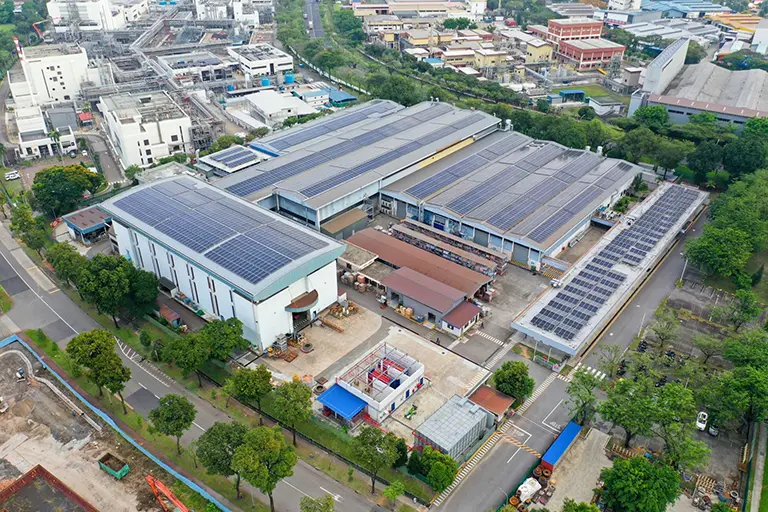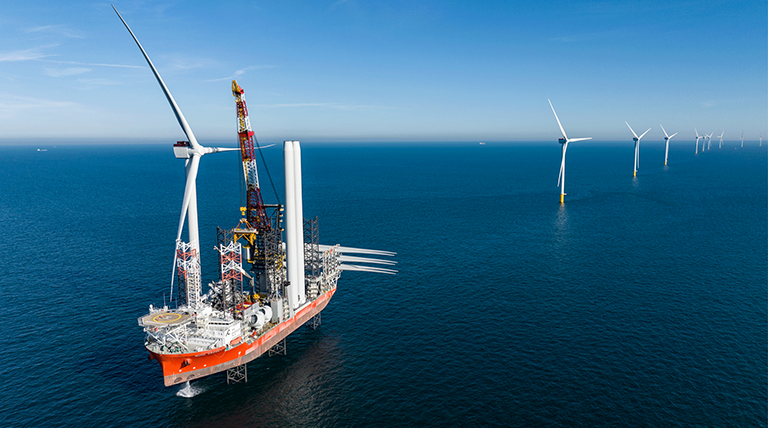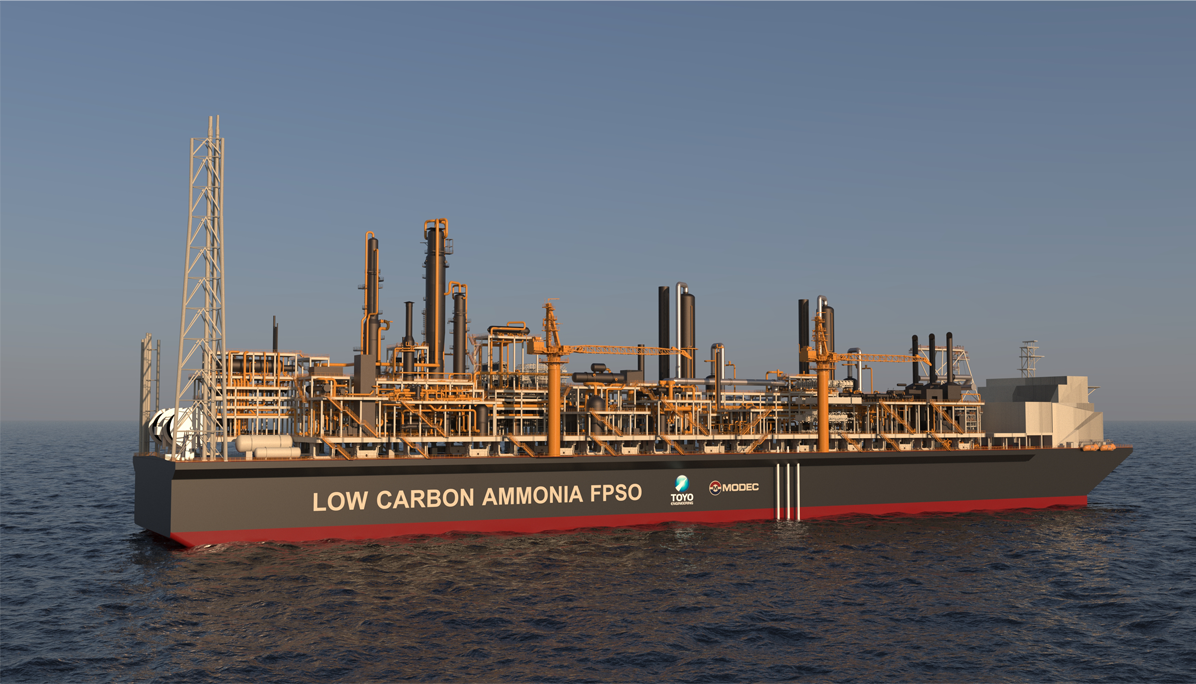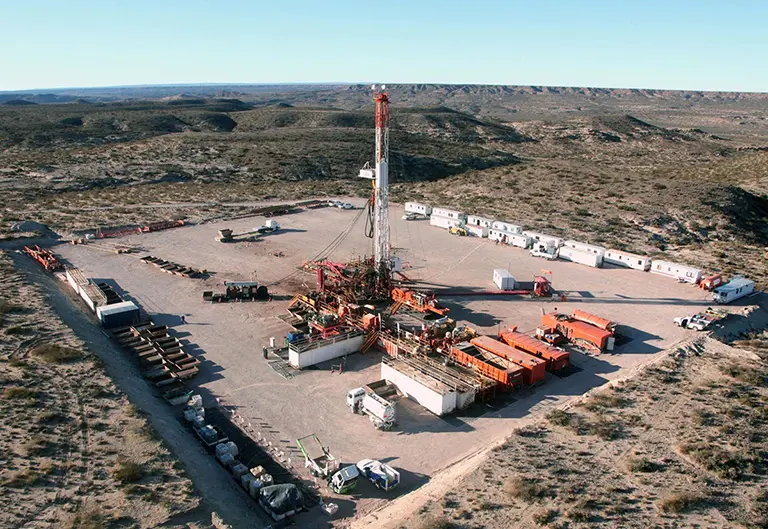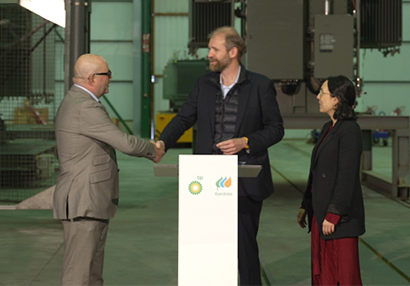
GE Technology Helps Thailand Reduce Power Plant Emissions
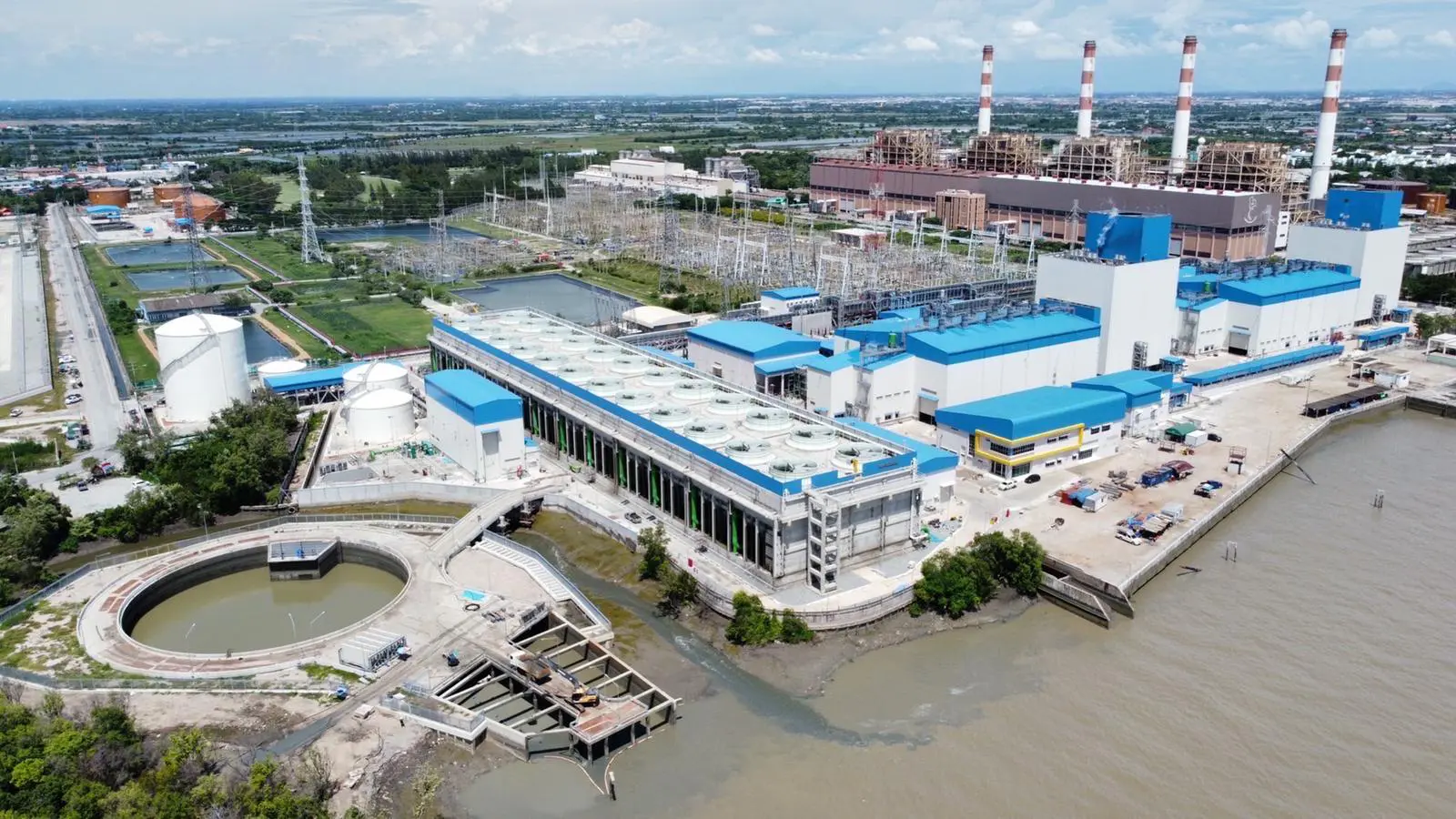
GE and Electricity Generating Authority of Thailand (EGAT), the main electricity producer in the country, have announced the start of commercial operation of EGAT’s Bang Pakong Power Plant Block 1 and 2 in Bang Pakong, Chachoengsao Province, near Bangkok. Built in 1977, the original Bang Pakong Power Plant complex comprised of five blocks burning natural gas and diesel. The two new gas-fired combined cycle blocks, powered by GE’s equipment, replaced the retired ones and were incorporated in EGAT’s Bang Pakong power plant with the objective to improve efficiency and reduce the carbon footprint of the Bang Pakong plant.
“This project is in response to the government’s commitment to the retirement of less efficient and older plants, to be replaced with new gas-powered, highly efficient combined-cycle capacity as a solution to reduce emissions and increase the reliability and flexibility of Thailand’s power system. We trusted GE as an energy player with future-proof technology to help us provide more reliable and more sustainable power for our population now and in the following years” said Prasertsak Cherngchawano, EGAT deputy governor of power plant development and renewable energy.

The new blocks add approximately 1400 MW of electricity, the equivalent power needed by approximately 3 million homes. They are powered by two of GE’s 9HA.02 gas turbines, two STF-A650 steam turbines, and two W86 generators. GE has also signed a long-term services agreement with EGAT to provide parts, repairs, and maintenance services for these sites.
“In Thailand, GE continues to support the advancement of the country’s energy goals, working alongside our long-term customer EGAT,” said Ramesh Singaram, president and CEO of GE Gas Power Asia. “Similarly, the growth of gas power generation plays a crucial role in facilitating Thailand’s transition to a future with lower carbon emissions, as gas continues to be both an enabler of the energy transition as well as a destination technology. Today, there is increased interest in using hydrogen fuel to reduce carbon emissions from power generation. As a world leader in gas turbine fuel flexibility, we are taking proactive actions toward decarbonizing gas generation capacity in both new and existing plants via a combination of pre- and post-combustion technologies. Advancements in hydrogen-based power generation and carbon capture and sequestration solutions enable gas turbines to be a destination technology and not just a bridging short-term investment.”
GE’s H-Class gas turbine portfolio currently has the capability to burn up to 50% by volume of hydrogen when blended with natural gas. This capability is enabled by the DLN2.6e combustion system that is standard on current 9HA.01/9HA.02/7HA.03 gas turbines offerings. GE’s H-Class heavy duty gas turbine fleet has secured more than 50 customers across 20 countries and GE expects the rapid maturation of commercial operating HA gas turbines to continue in 2022.
GE has had a presence in Thailand since 1900. GE Gas Power equipment generates up to 30% of Thailand’s power with a fleet of more than 100 gas turbines, according to the company.

